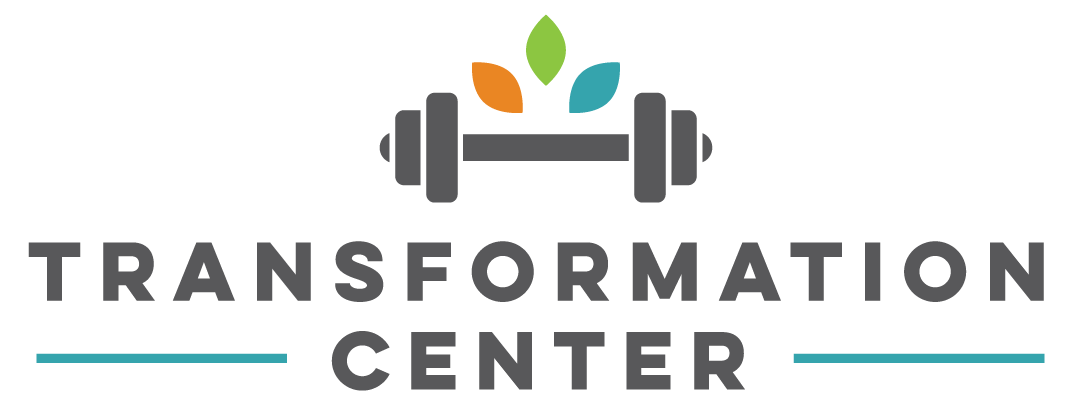
You’ve made it through Thanksgiving. The food, the family, the naps… and now your fridge looks like a mini buffet.
For most people, this is when the guilt kicks in. “I need to detox.” “I’ll start over Monday.” But before you swear off stuffing or toss out the pie, here’s a thought: what if those leftovers could actually help your recovery and metabolism instead of working against them?
But first, a little nuance from our coaches.
As you’re prepping your foods this holiday season remember, recipes (except baking which is a deep science of its own) are just suggestions.
You can change the ratios to better fit your goals by increasing the protein and fiber and lowering the fats and sugars you choose, or even substitute them out for different ones.
Do you have to do this?
Absolutely not.
You can enjoy the holiday meal, the pie, the stuffing in its basic, delicious form… WITHOUT GUILT.
Why Post-Holiday Nutrition Matters
When you strength train or do any kind of exercise, your muscles experience micro-damage. That’s what triggers them to rebuild stronger and more resilient. The rebuilding process relies on three main things: protein, carbohydrates, and micronutrients.
During the holidays, we often consume plenty of these… just not always in balance. The good news? With a little strategy, your leftovers can become a perfect post-workout meal.
Protein: The Repair Crew
Turkey, chicken, ham, and even leftover deviled eggs are loaded with amino acids, AKA the building blocks of muscle. After resistance training, these amino acids activate muscle protein synthesis, the process that repairs and strengthens muscle fibers.
Aim for 25–40 grams of protein within a couple of hours after your workout. That’s about 4–6 ounces of turkey or a palm-sized serving of lean meat. Add in a side of veggies or salad and you’ve turned a “holiday plate” into a recovery-boosting meal.
Even if you’re not training at a high level, maintaining consistent protein intake helps protect lean tissue…especially important for adults over 40, when natural muscle loss (sarcopenia) accelerates.
Carbohydrates: Refilling Your Fuel Tank
Those mashed potatoes, roasted squash, or sweet potatoes? They’re not the enemy. Your body stores carbohydrates as glycogen in the muscles and liver, which fuels your next workout and supports recovery.
Think of glycogen like your body’s battery. After exercise, it’s partially drained. Eating a balance of complex carbs and lean protein helps recharge it faster, restoring your energy and metabolism for the next session.
Fats and Micronutrients: The Support Team
Healthy fats, like those from olive oil, nuts, or even a bit of butter from your cooking, help regulate hormones that support recovery and long-term health. Add in micronutrients from your leftover veggies (vitamin C, magnesium, potassium) and you’ve got a nutrient mix that helps reduce inflammation and muscle soreness.
If you want to really optimize, look at hydration. Sodium from your holiday meal might not be a bad thing after all; it helps restore electrolytes lost through training and keeps fluid levels balanced.
The Metabolism Connection
A lot of people think their metabolism “crashes” after a big holiday. The truth? It’s more about activity level than one day of eating.
After Thanksgiving, we tend to sit more, move less, and sleep irregularly. This combination — fewer steps, less strength training, more stress — lowers what’s called NEAT (non-exercise activity thermogenesis), the calories you burn just living life.
Getting back to consistent movement, even something as simple as walking, resets your energy balance and keeps metabolism steady. Your body isn’t broken — it’s waiting for your habits to catch back up.
Practical Ways to Turn Leftovers Into Fuel
- Turkey + Sweet Potato Bowl: Shredded turkey, roasted sweet potatoes, sautéed greens, and a drizzle of olive oil.
- Stuffing Omelet: Mix leftover veggies and stuffing into an egg scramble for a protein-rich breakfast.
- Turkey Soup or Chili: Add beans, broth, and any leftover veggies for a balanced meal that’s easy on digestion.
- Greek Yogurt Parfait: If you’re craving something sweet, layer yogurt with fruit or a spoonful of cranberry sauce for extra antioxidants.
These aren’t “diet” meals. They’re practical, satisfying ways to use what you already have to nourish recovery and metabolism.
The Bigger Picture
It’s not one holiday meal that matters — it’s the rhythm that follows.
Enjoy the food. Then move your body, hydrate, and get back into your regular meals and workouts. The combination of consistent movement and balanced nutrition is what resets your metabolism, not restriction or guilt.
At the Transformation Center, this is exactly what we teach in our programs — how to fuel your workouts, rebuild strength, and keep your metabolism thriving through every season, not just the “perfect” ones.
Your leftovers aren’t a setback; they’re a reminder that your body knows how to use fuel wisely — as long as you meet it halfway.

Recent Comments